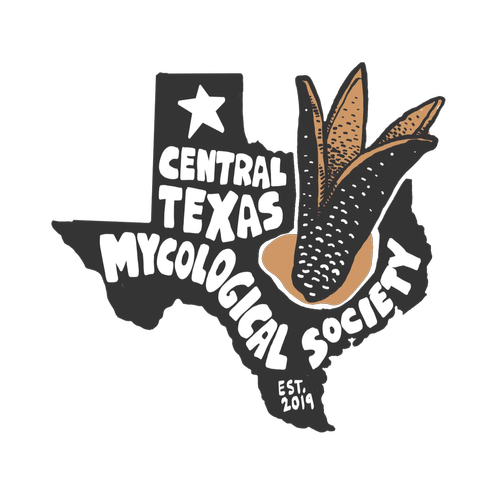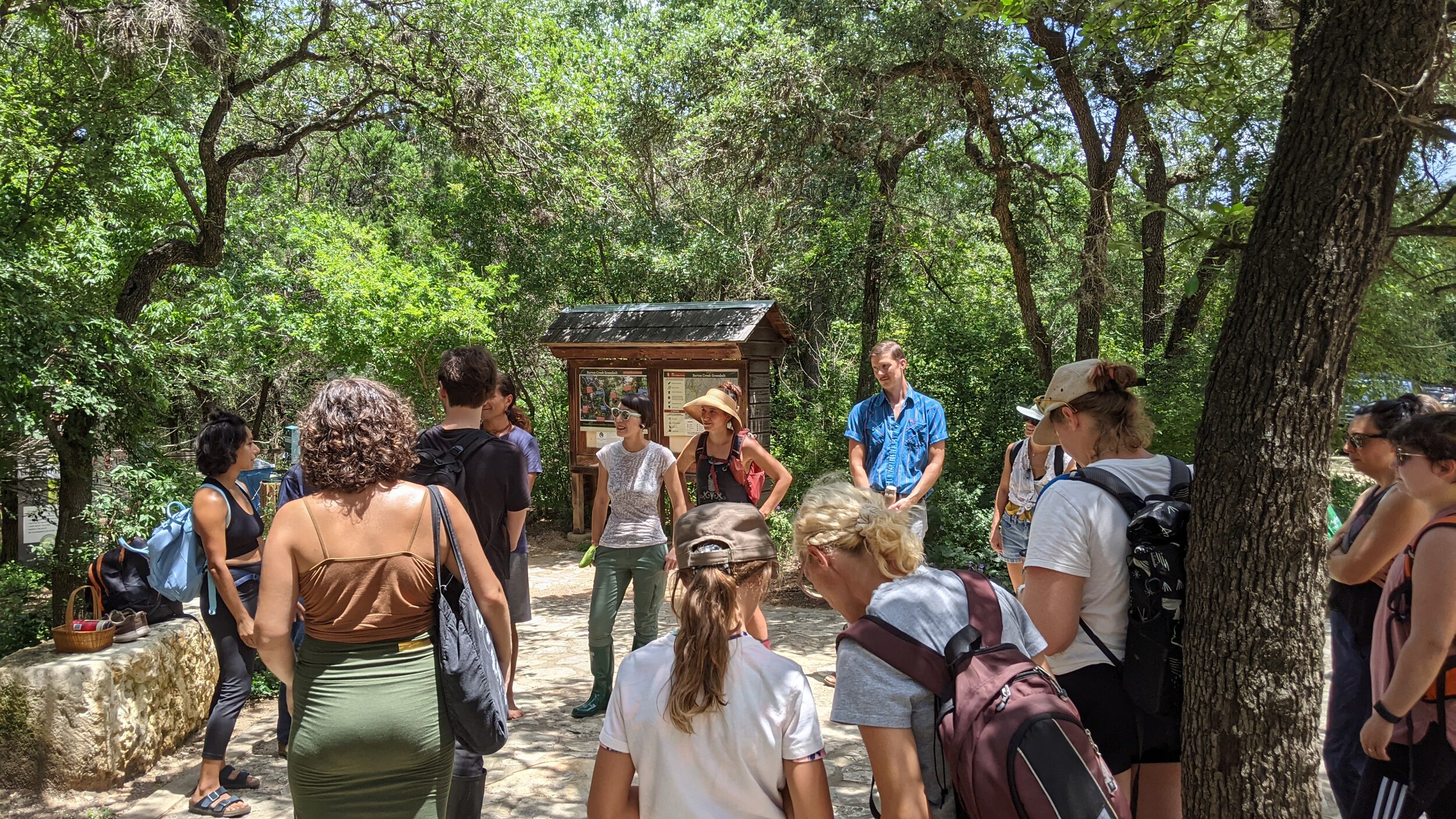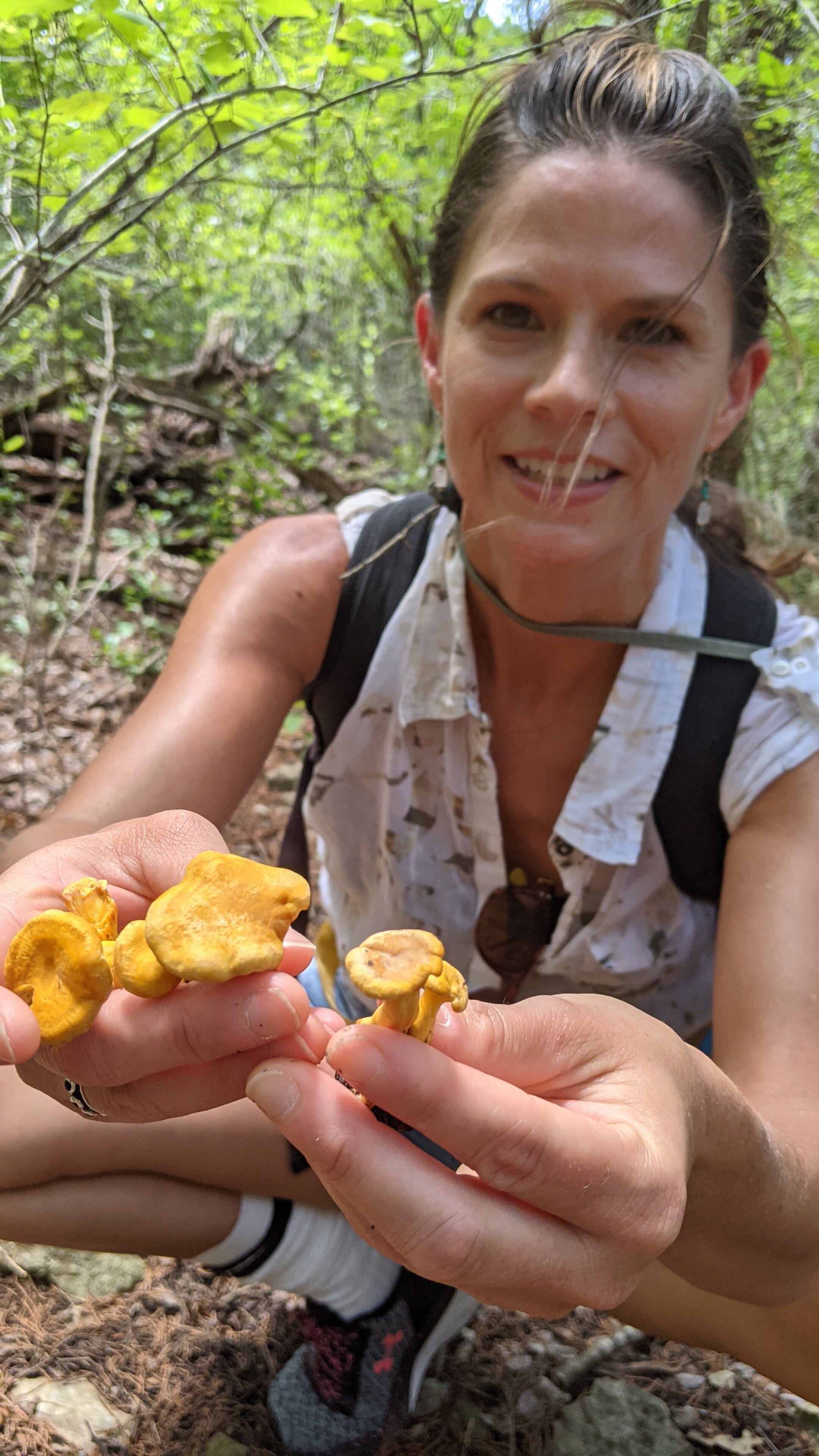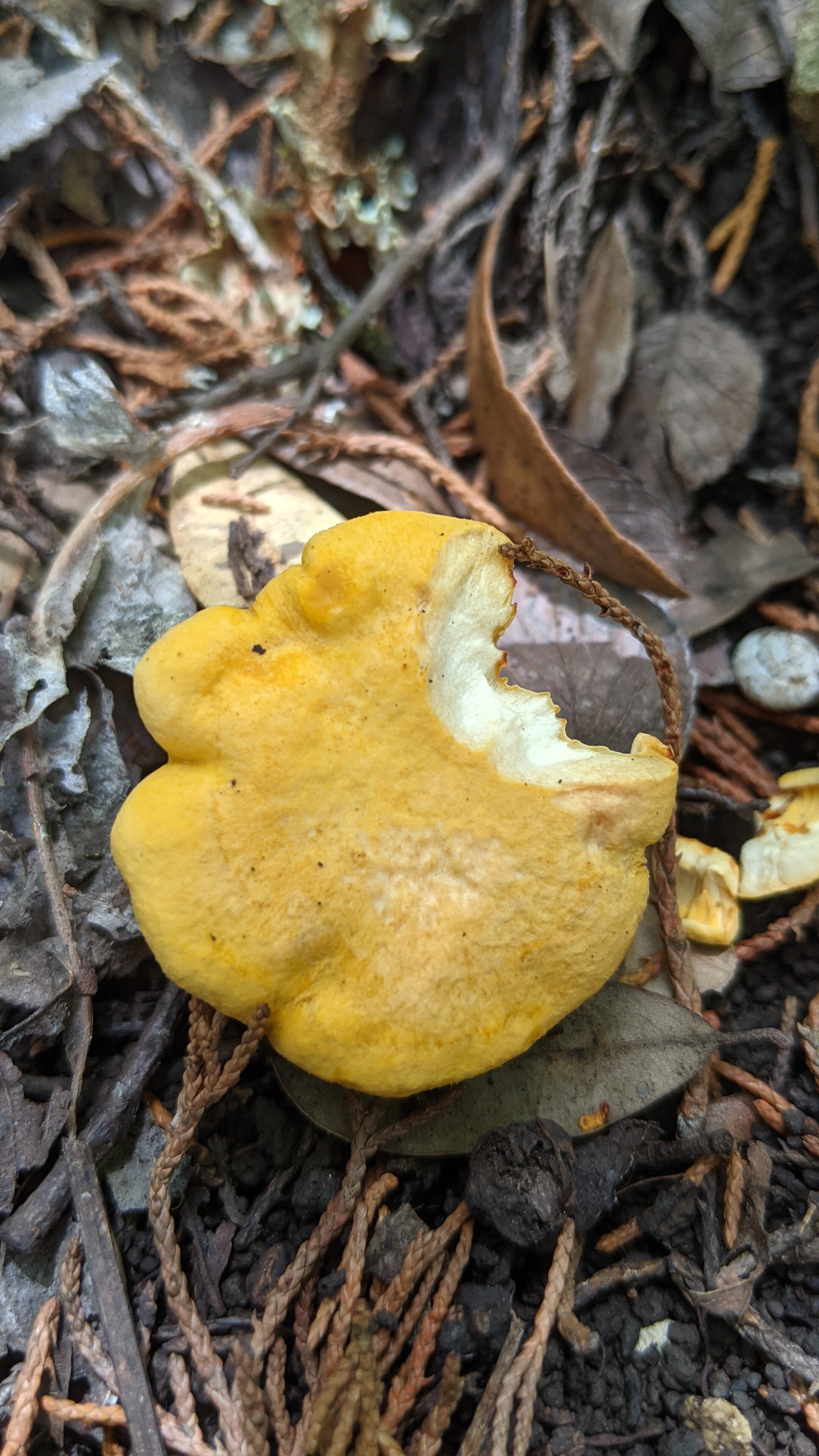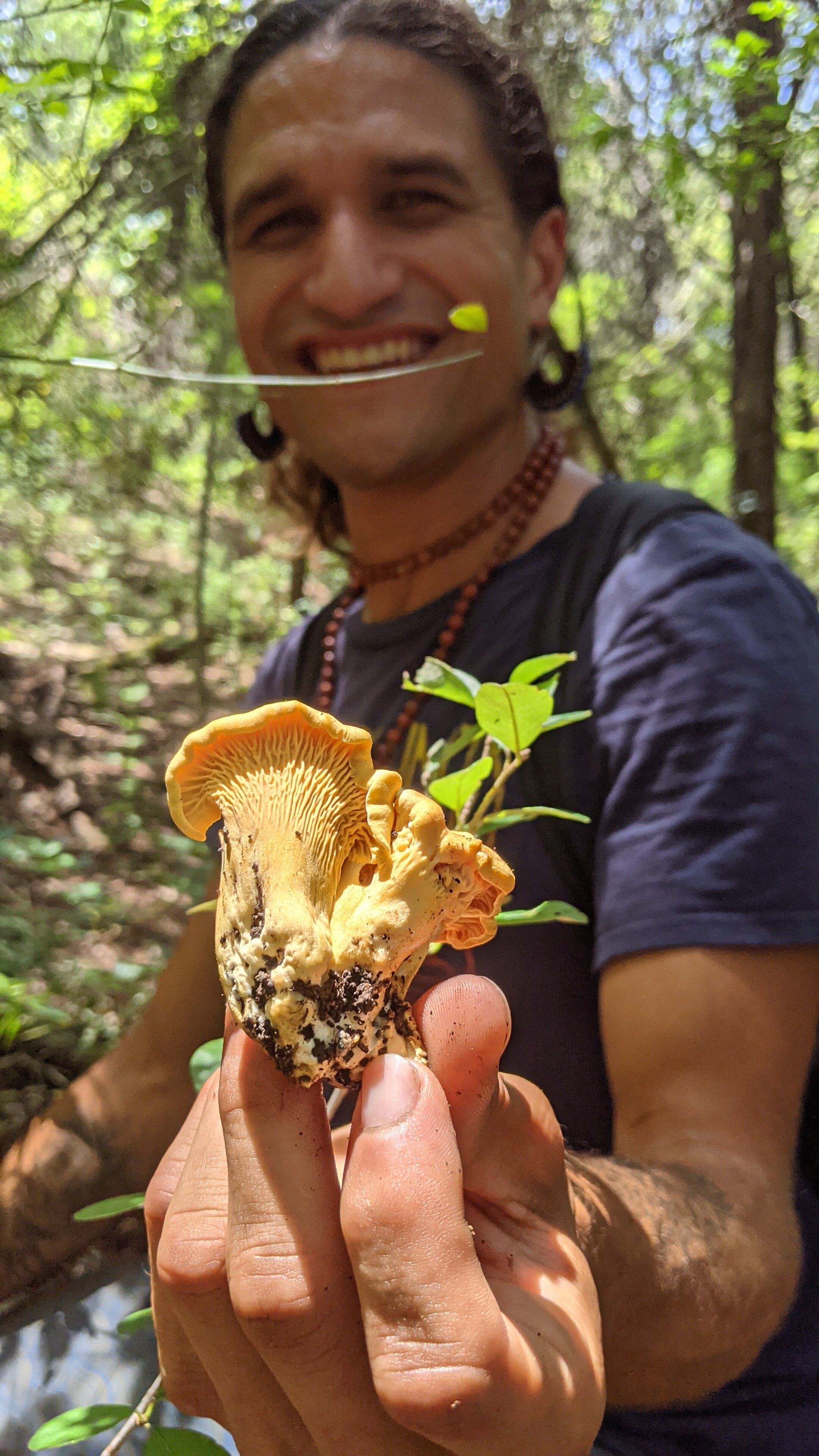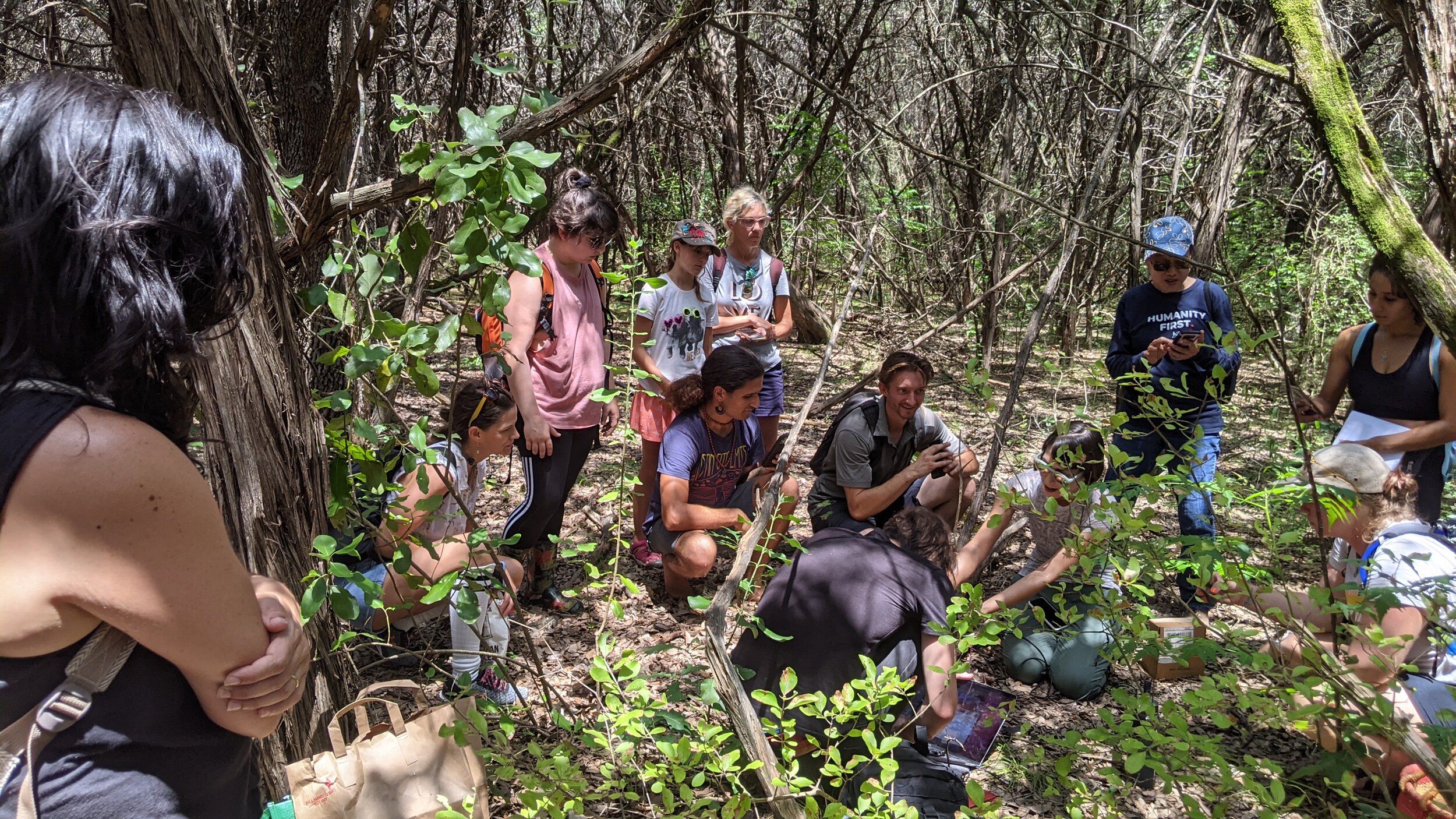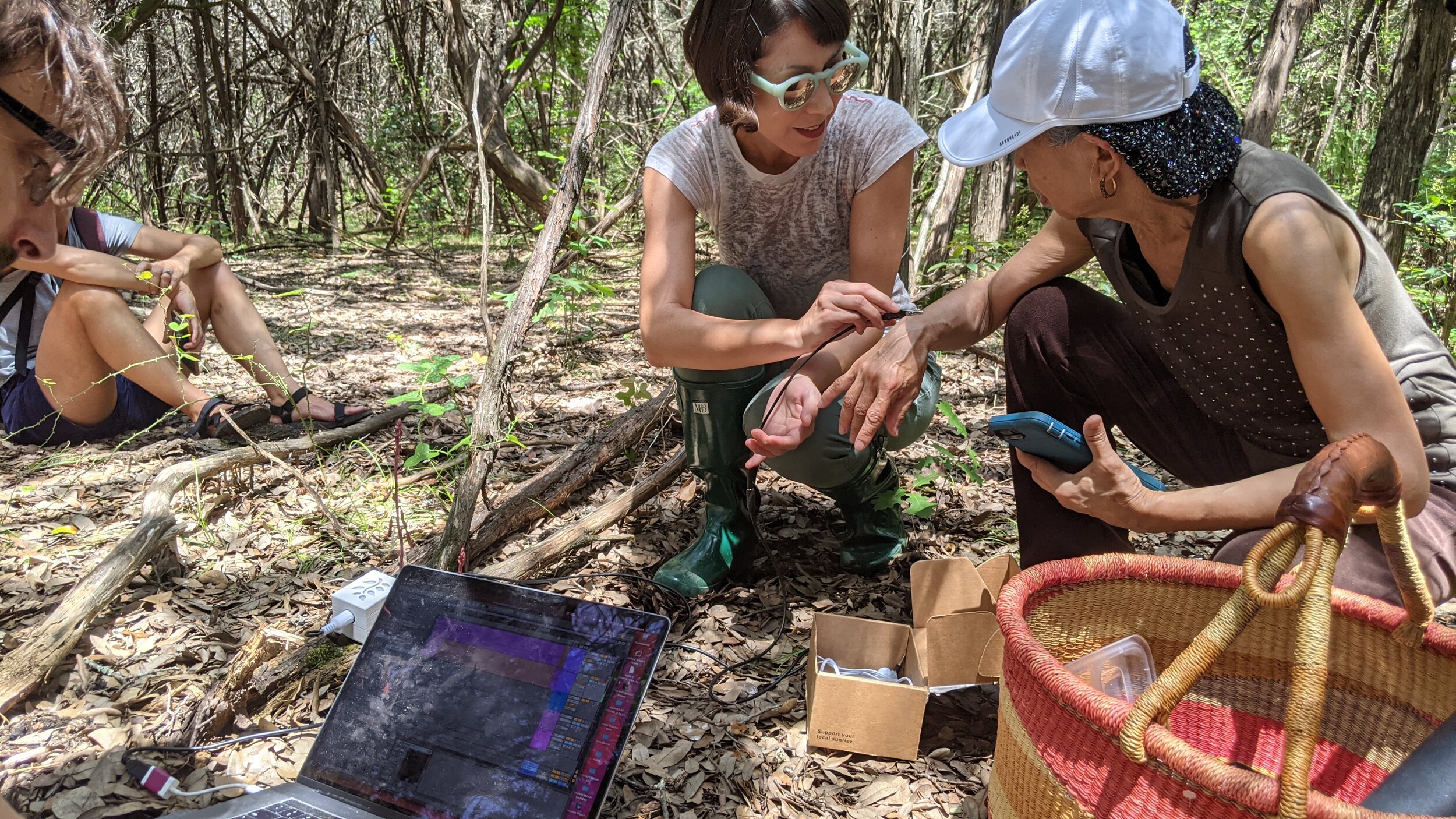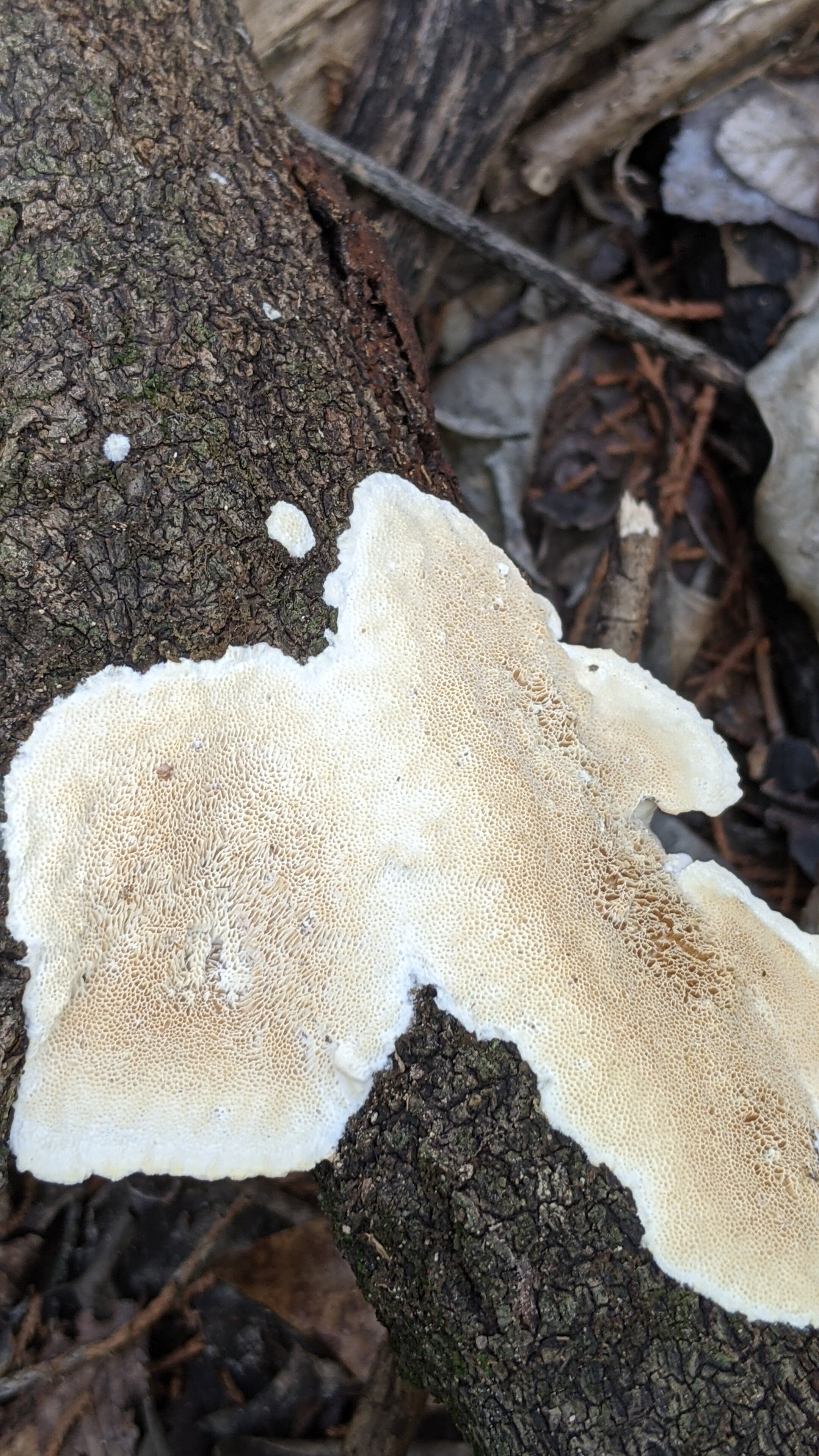PHOTOS: Orchid & Mushroom Walk
Sam the Fungi and I (Angel) had so much fun meeting everyone yesterday and looking for mushrooms and tuning into the beautiful orchid Hexalectris nitida or Glass Mountain Crested Coralroot. It was so exciting to see more popping up and I encourage everyone to do more hikes and try to observe the orchid while it is blooming. Here is one capture of the orchid blooming in Austin of 2019 and it is stunning.
We hope you enjoyed hearing the biodata recording process and sounds of the orchid with Josh and Yvonne. You can see/hear the The Octopus Projects Mushroom Biodata recordings from the CTMS fundraiser in May here.
More About The Orchid
(From North American Orchid Conservation Center)
Hexalectris nitida, the Glass Mountain Coral Root, is widely scattered across Texas and crosses the north-south border into New Mexico. This leafless orchid has a relatively short inflorescence, usually 20 cm or less, that bears a dense cluster of waxy, rose-brown flowers. The flowers resemble those of H. revoluta, including the rolled-back tips of the sepals and petals but are smaller.
Who First Observed This Orchid
H. nitida was observed by Barton Warnock in 1940 while he was doing field work for his PhD dissertation at UT Austin on the vegetation of the Glass Mountains. This is why it has the common name of Glass Mountain Crested Coralroot. The Glass Mountains in West Texas extend from Cathedral Mountain in northern Brewster County to Monument Draw in southern Pecos County, roughly between Fort Stockton and Alpine.
Why This Orchid is Rare
1. Parasitic: The orchid is mycoheterotrophic. Mycoheterotrophy is the process in which the plant gets it's food from parasitism upon fungi rather than from photosynthesis. A myco-heterotroph is the parasitic plant partner in this relationship.
2. Weather Dependent: It only grows in summer seasons when we get a lot of rain and humidity to create a microclimate that is suitable. (like 2019 and 2021).
3. Geographically Rare: Hexalectris nitida is rare throughout its range and is considered vulnerable. Although it may be locally abundant in Texas and has been reported in Mexico, this orchid has not been observed in New Mexico since its discovery and may be extirpated in that state.
4. Flowers Rarely Display: This orchid is self-pollinating or cleistogamy and rarely displays flowers that are fully open. The short labellum, less than 1 cm long, also distinguishes this species from others in the genus. Hexalectris nitida grows on rocky canyon sides and bottoms in moderate to heavy shade from oaks and junipers.
More About The Hexalectris Genus of Orchids
Texas boasts more species of the genus Hexalectris than any other state. Here 5 of the world’s 8 species can be found (these numbers change to 6 and 9, depending on if you believe that Hexalectris spicata var. arizonica deserves species status). Hexalectris is a genus of myco-heterotrophic orchids that are generally found in areas with abundant shade and thick, rich leaf litter. In Texas there are three Hexalectris hotspots. One is the mountains of far West Texas, another the shaded canyons and oak/juniper woodlands of the Edward’s Plateau, and the last is the White Rock Escarpment of north-central Texas.
Reference Links
https://goorchids.northamericanorchidcenter.org/species/hexalectris/nitida/
https://mattbuckinghamphotography.com/category/hexalectris-nitida/
